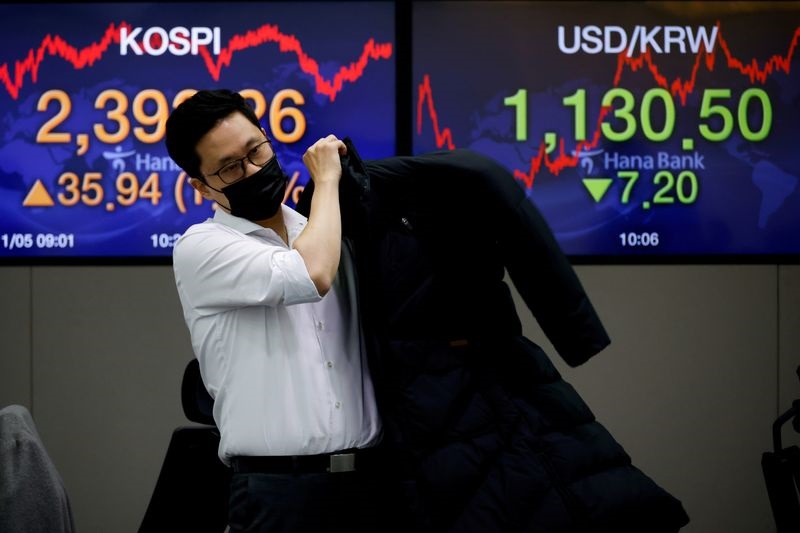On Friday, the Bank of Korea (BoK) opted to maintain its policy rate at 3.5%, a decision influenced by persistent high inflation. ING's Senior Economist for South Korea and Japan provided insights, noting a potential shift in policy direction later in the year.
The current stance is a result of unexpected inflation stickiness, but slight modifications in the BoK's forward guidance suggest a possible easing of rates in the latter half of 2024.
According to the economist, the upcoming board reshuffle and the quarterly macro-outlook report will play a crucial role in determining the timing of a rate cut. While ING maintains a forecast for a rate reduction in July, it acknowledges that increasing inflation risks could delay this move. The performance of headline and core inflation in the coming months is expected to be a key factor influencing the BoK's decision.
The economist's forecast indicates that headline inflation may slow to the mid-2% range and core inflation, which excludes food and energy, to the low-2% range, assuming the government extends the fuel subsidy program set to expire at the month's end. With higher commodity prices and a weaker Korean won, the government is anticipated to prolong measures such as the fuel subsidy and continue food tariff reductions.
The BoK, as mentioned by Governor Rhee, is likely to adopt a wait-and-see approach regarding inflation and policy shifts by other major central banks. This cautious stance is expected to prevail for a few more months, setting the stage for favorable macroeconomic conditions to support a rate cut in July, as per the economist from ING.
This article was generated with the support of AI and reviewed by an editor. For more information see our T&C.
